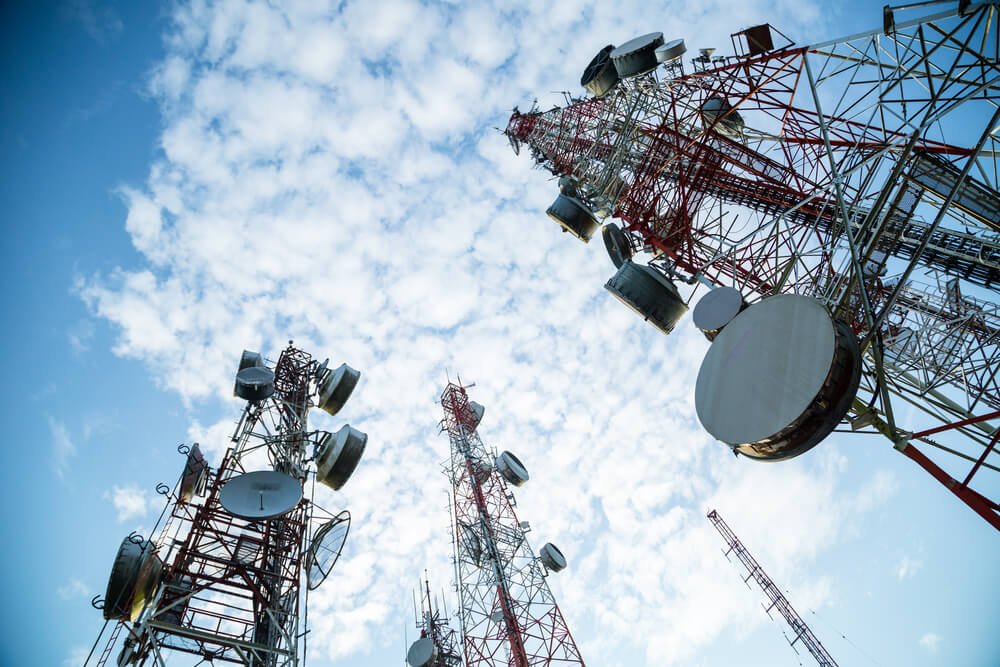New South Wales’ inaugural government innovation challenge is from the state’s telco authority, which is seeking solutions to improve connectivity across the state with non-terrestrial technologies, following the agency’s budget boost last month.
Under a new $24 million innovation initiative, the New South Wales government is offering local SMEs competitive grants up to $1.1 million to solve its innovation challenges, with state procurement contracts also on offer for eventual winners.
Known as the Small Business Innovation Research (SBIR) program, five discrete challenges have been released so far, with applications now open for the first challenge.
The New South Wales Telco Authority, responsible for the communications infrastructure used by emergency services, provided the first details on the challenge on Wednesday. The agency wants local businesses and researchers to develop non-terrestrial connectivity technologies that could provide ubiquitous connectivity across the state.

The NSW Telco Authority, which sits within the NSW Customer Service department, is upgrading the state’s emergency services communications infrastructure and wants to introduce more with wireless tech that can integrate with terrestrial infrastructure.
In advice to market, the authority said proposals must be cost-effective, rapidly deployable, and be able to integrate with existing terrestrial technology for ‘seamless’ connectivity. They should also deliver comparable performance with existing networks and be fit for purpose.
So while 5G speeds aren’t necessarily required for remote areas, the performance would need to match varying use cases.
“Primarily it would be [for] emergency services. But potentially also for citizens who also need connectivity for residential purposes,” a NSW Telco authority official said.
Solutions will also need to be able to meet the new expanded coverage target for emergency services communications – 85 per cent of the land in New South Wales – and be resilient to remote conditions and natural disasters.
Applicants need to be small to medium enterprises employing less than 200 full time equivalent employees, or an individual, partnership or NSW public research organisation, provided they agree to form a company incorporated in Australia.
Applicants also need to hold the intellectual property or the rights to commercialise the proposed solution and have an ABN. Joint initiatives between eligible SMEs and research organisations are also encouraged.
Proposals will be assessed on technical suitability, commercial potential and ability to be delivered.
The SBIR program works in a staged process, with feasibility study grants up to $100,000, and then $1 million grants for prototypes. The NSW government will provide advice and support throughout development and will consider solutions for procurement.
The program is also touted as an economic driver for the state. A successful solution for the first connectivity challenge, for example, would be entering a $30 billion telecommunications market in Australia and a much larger global one.
The SBIR program was announced ahead of last month’s state budget and was the first key recommendation of an advisory council set up to accelerate research and development outcomes in the New South Wales.
The NSW Telco Authority has issued its challenge as a huge investment is made in the state’s emergency services infrastructure.
$660 million in capital funding was allocated in last month’s budget for the continued upgrade of the state’s public safety radio network, used by emergency services. More than 300 new radio sites are planned to nearly double the network’s land coverage to 85 per cent and population coverage to 99.7 per cent.
Applications for the first challenge are open now and close August 16.
Do you know more? Contact James Riley via Email.

